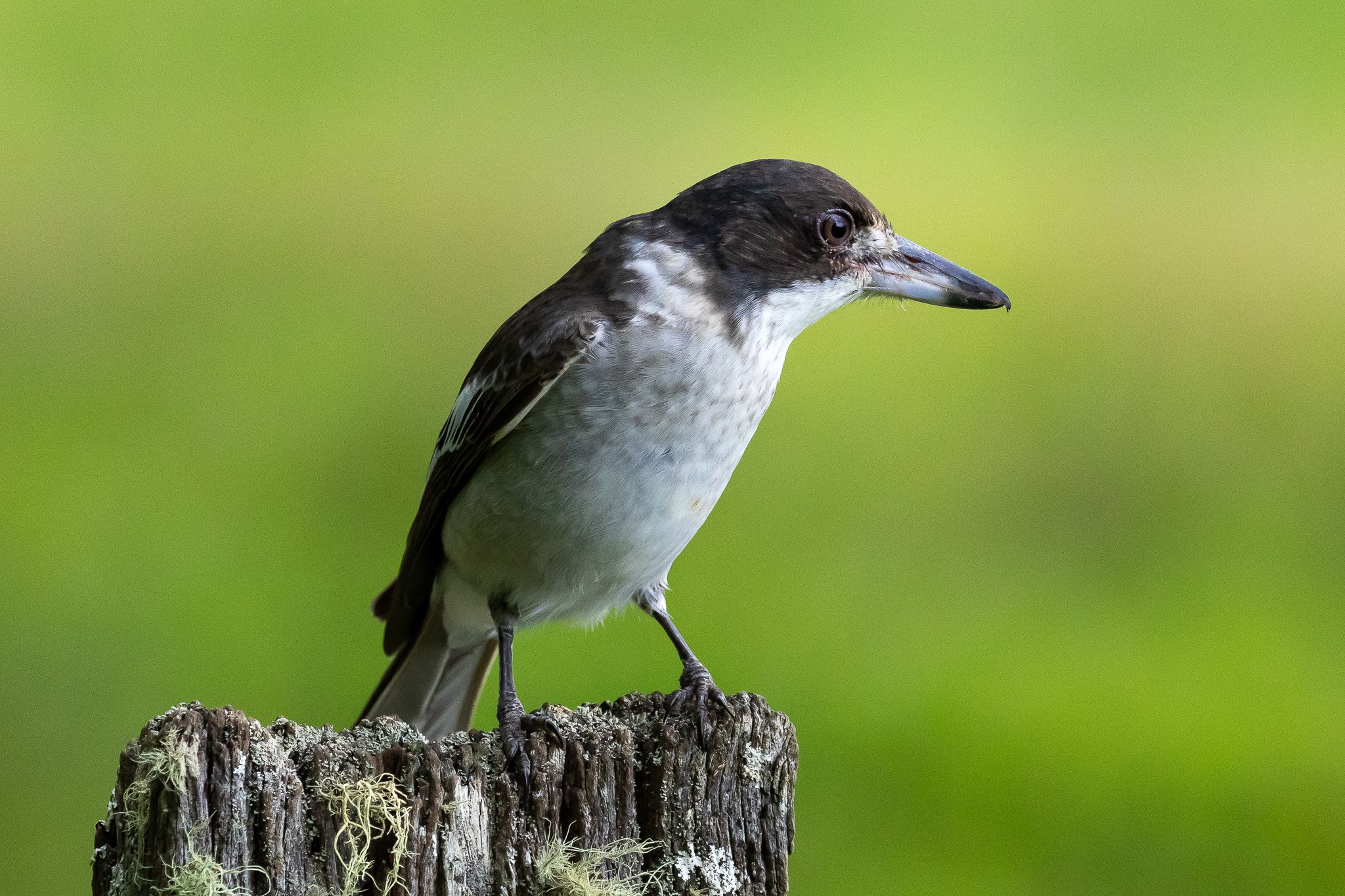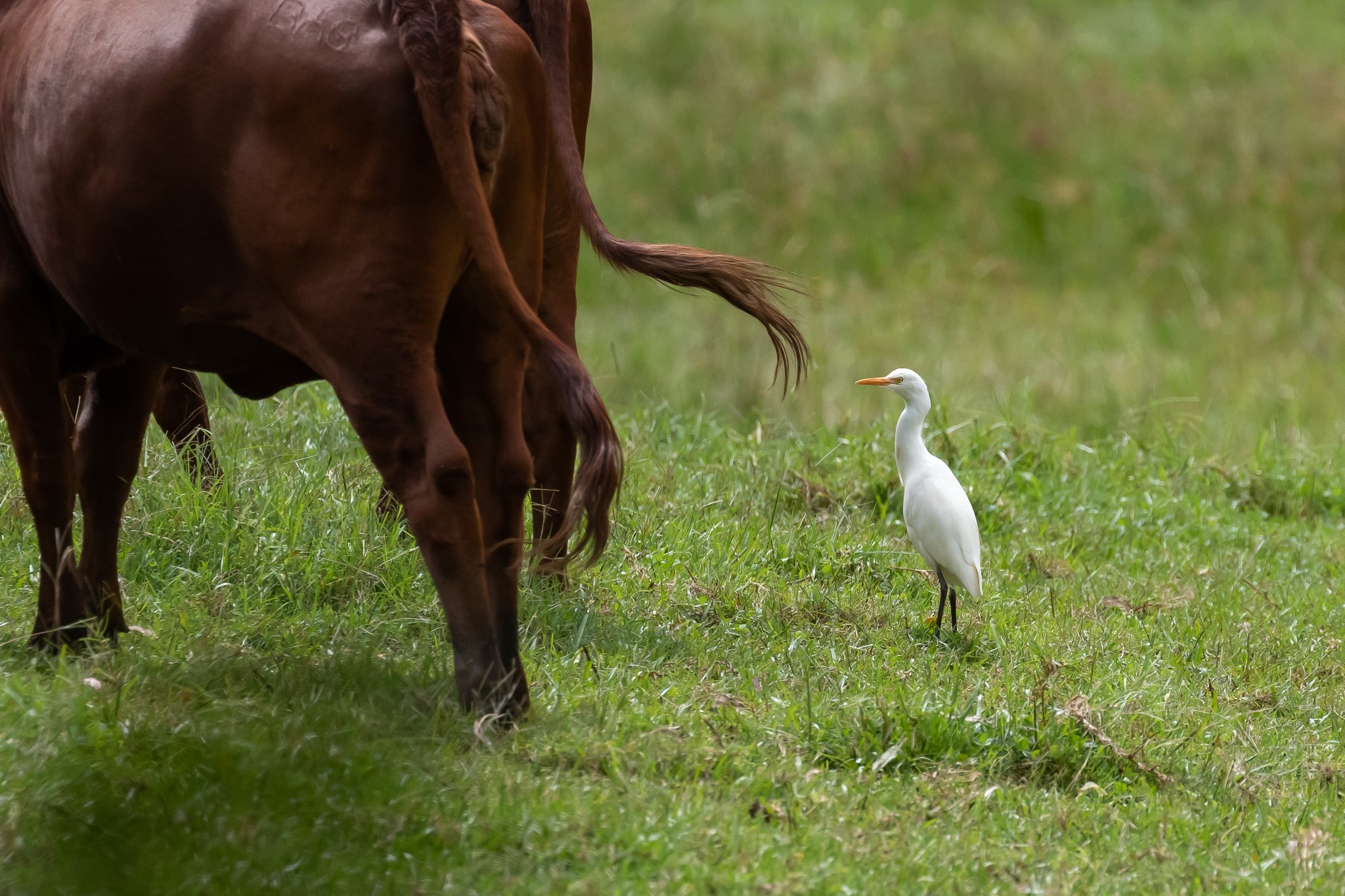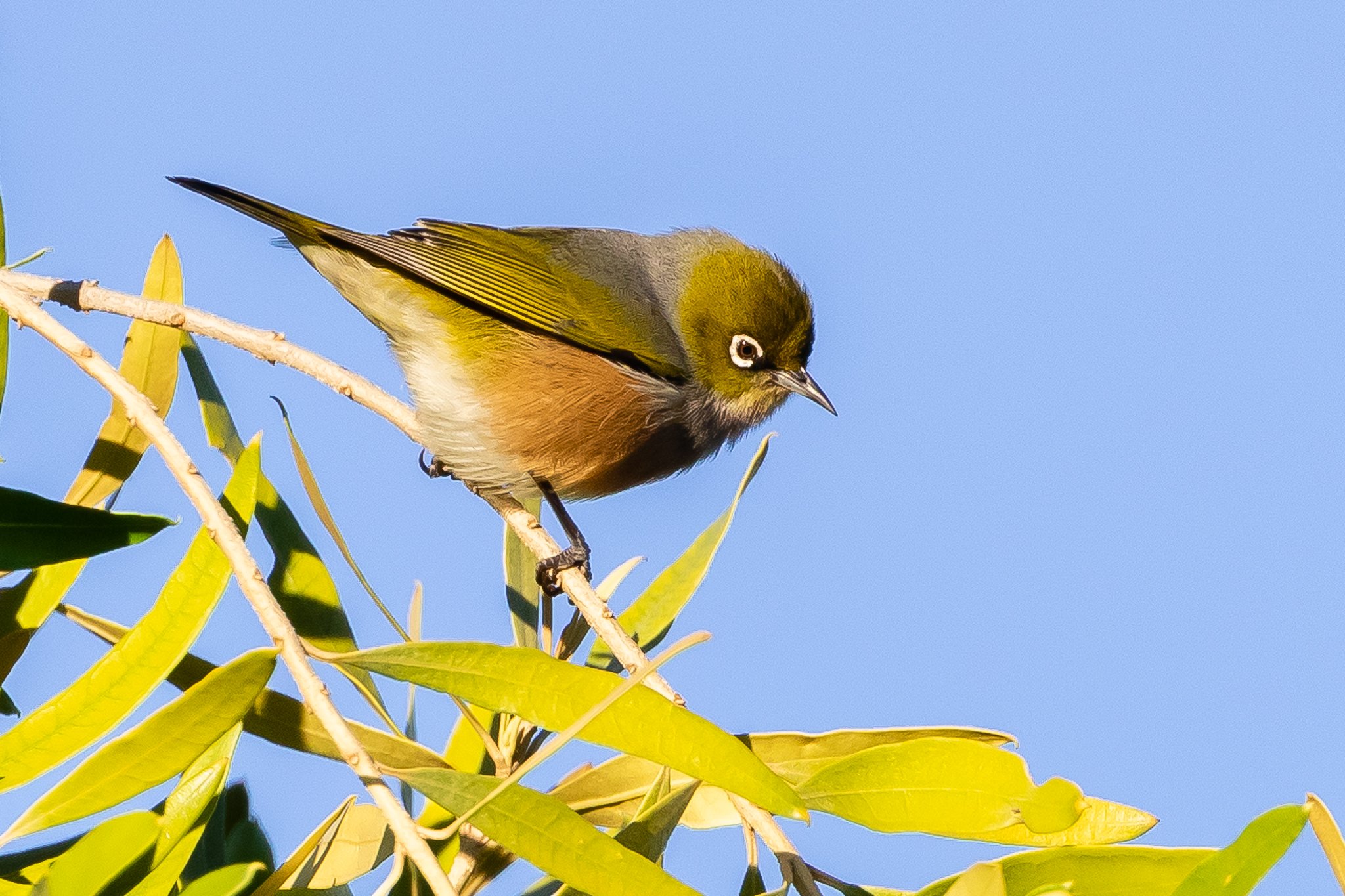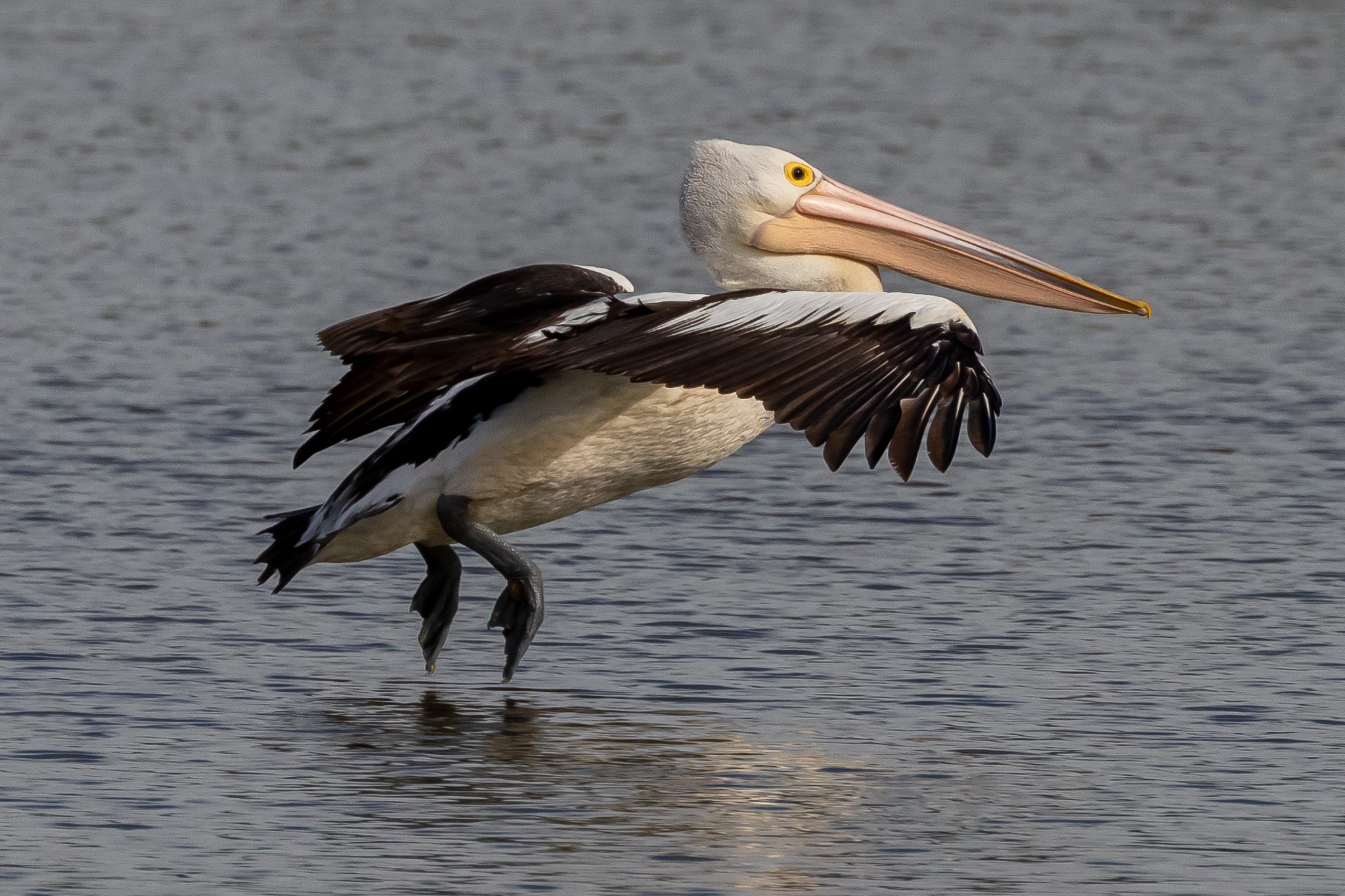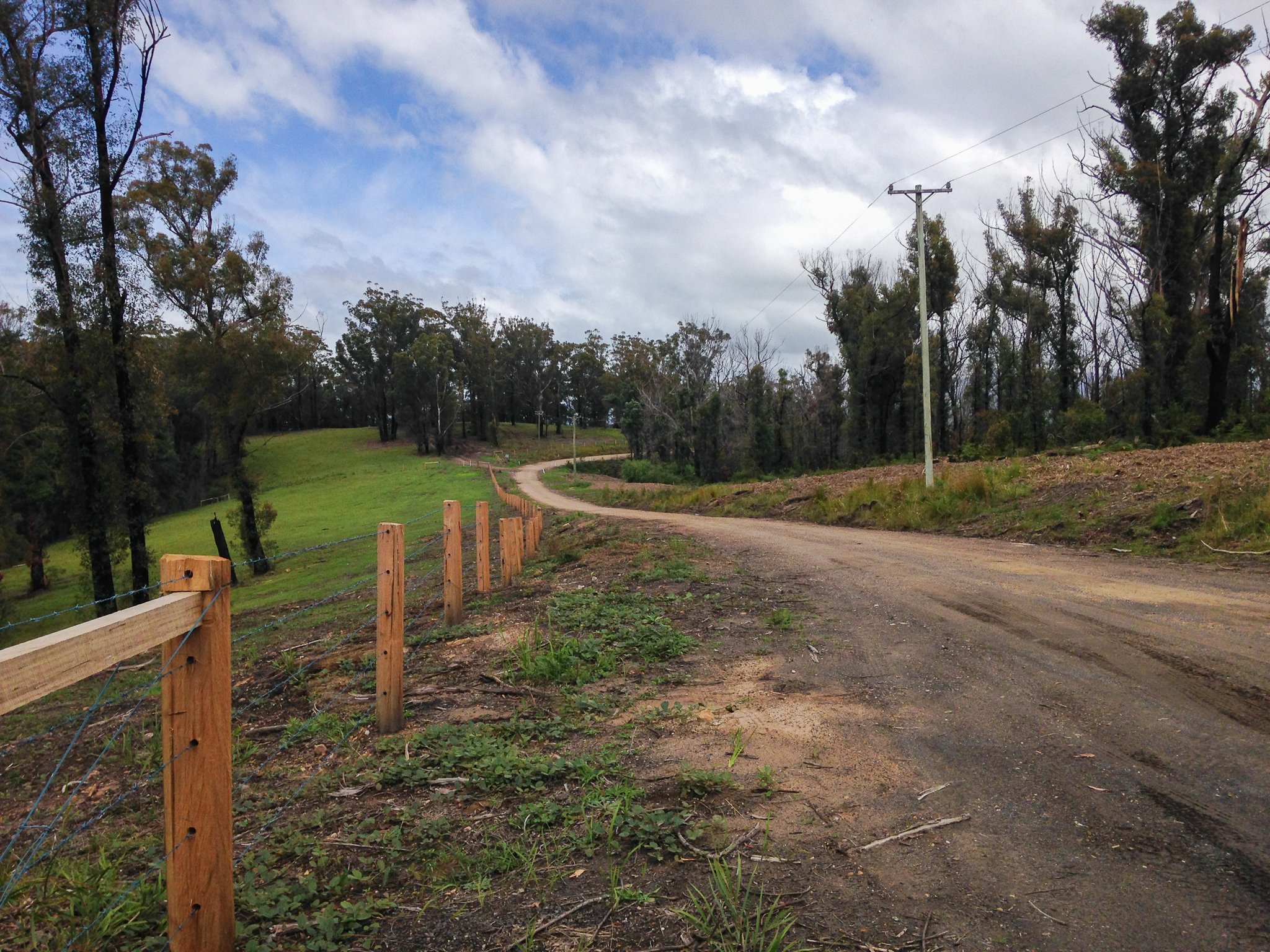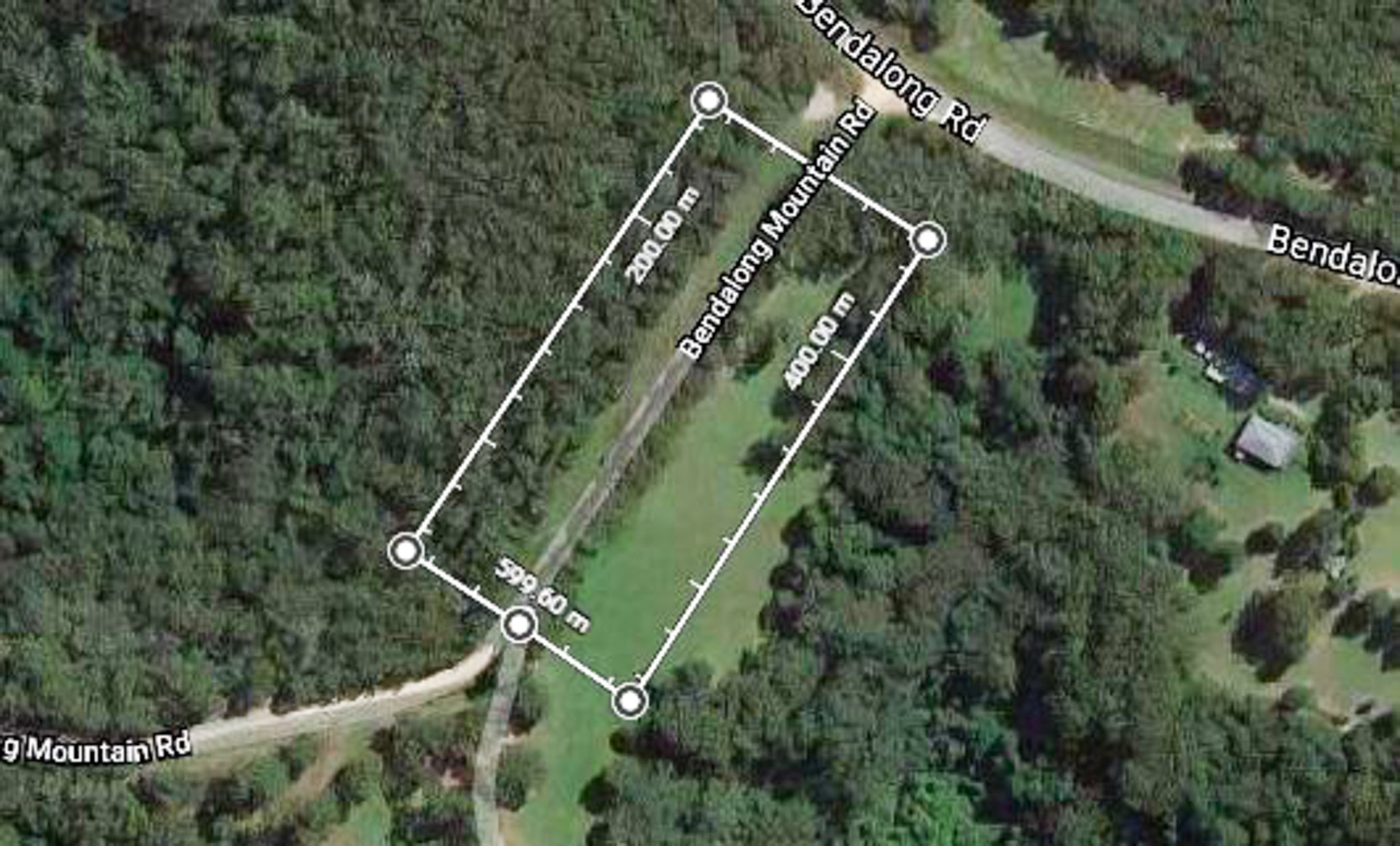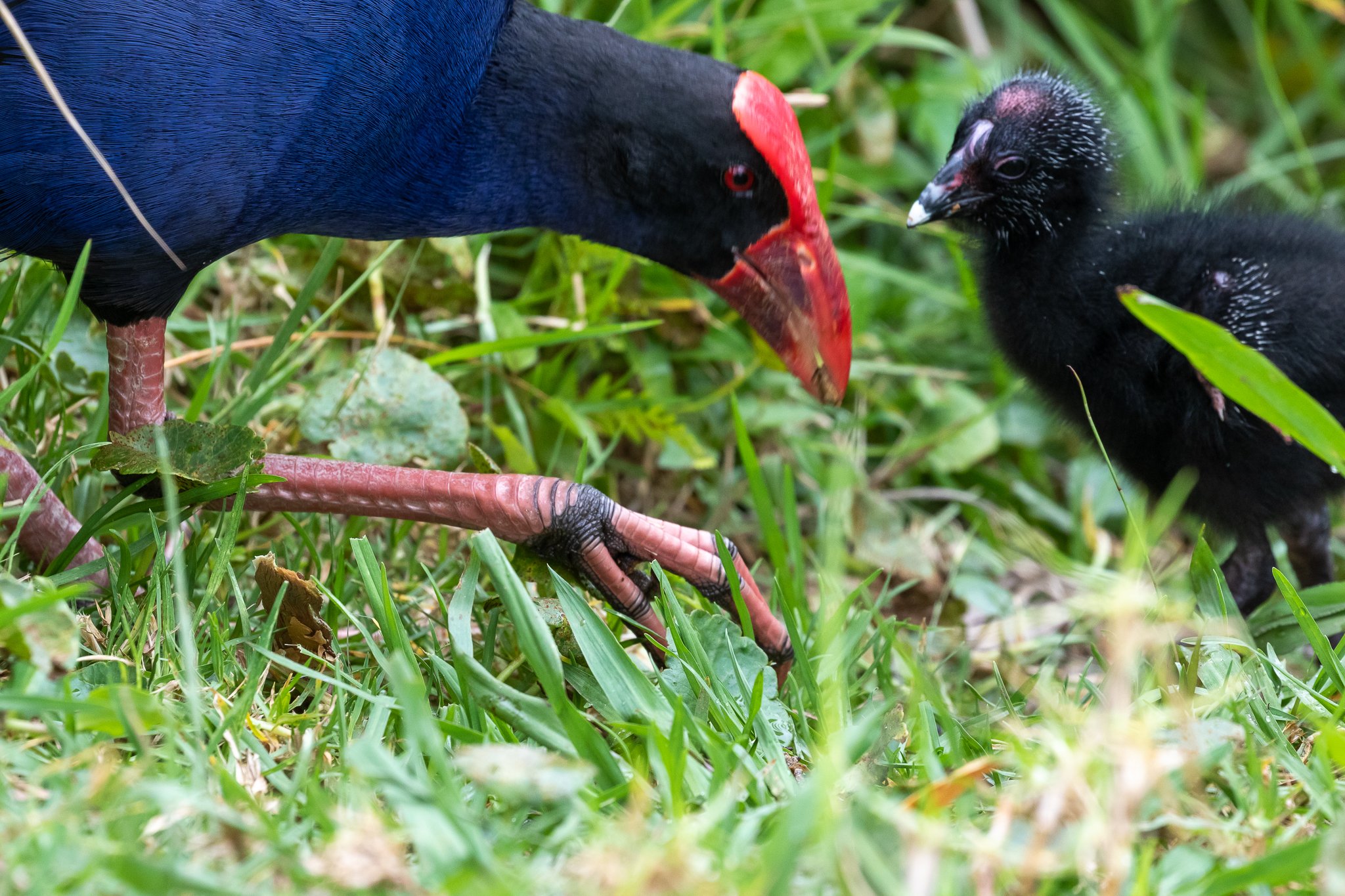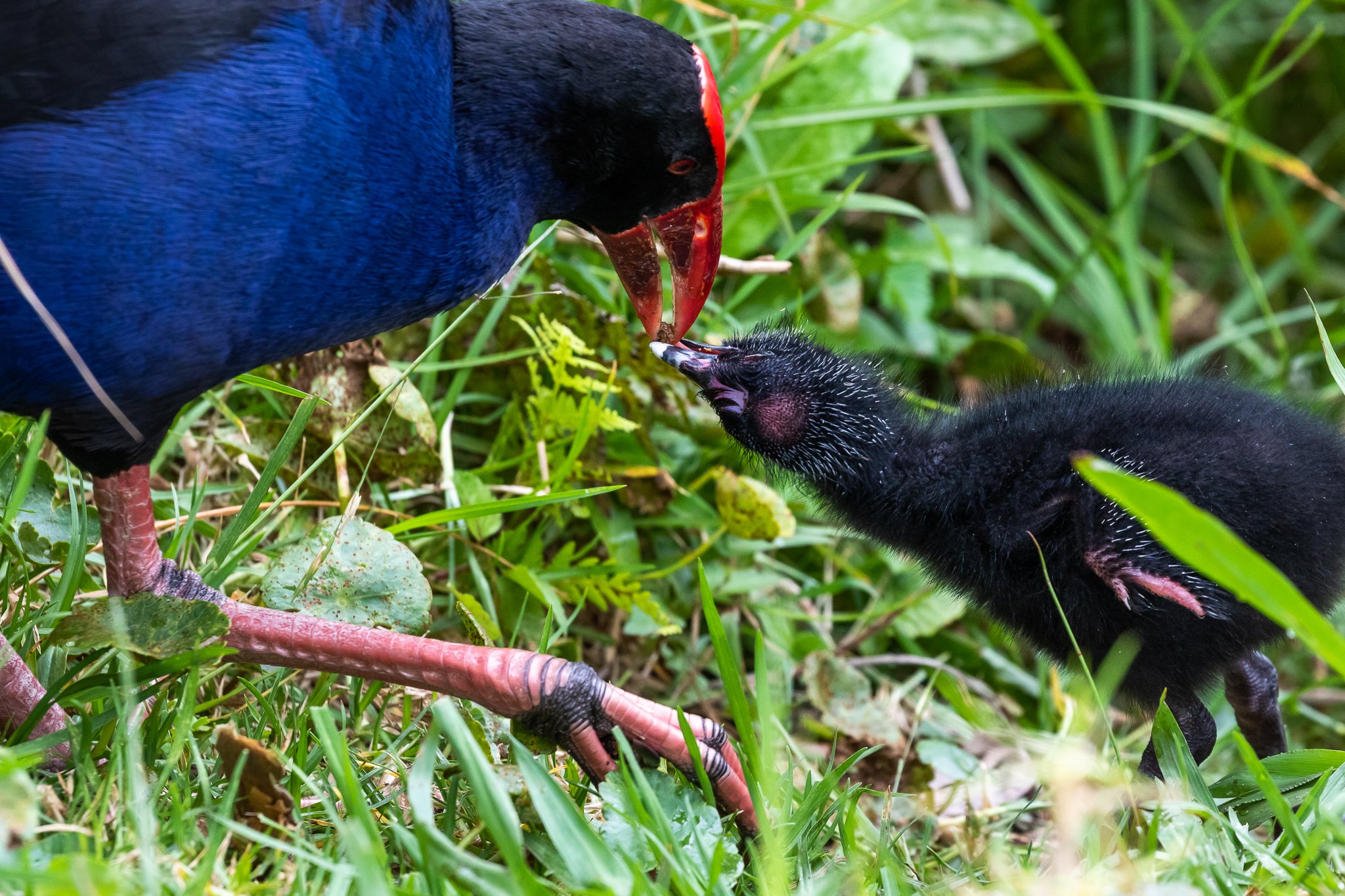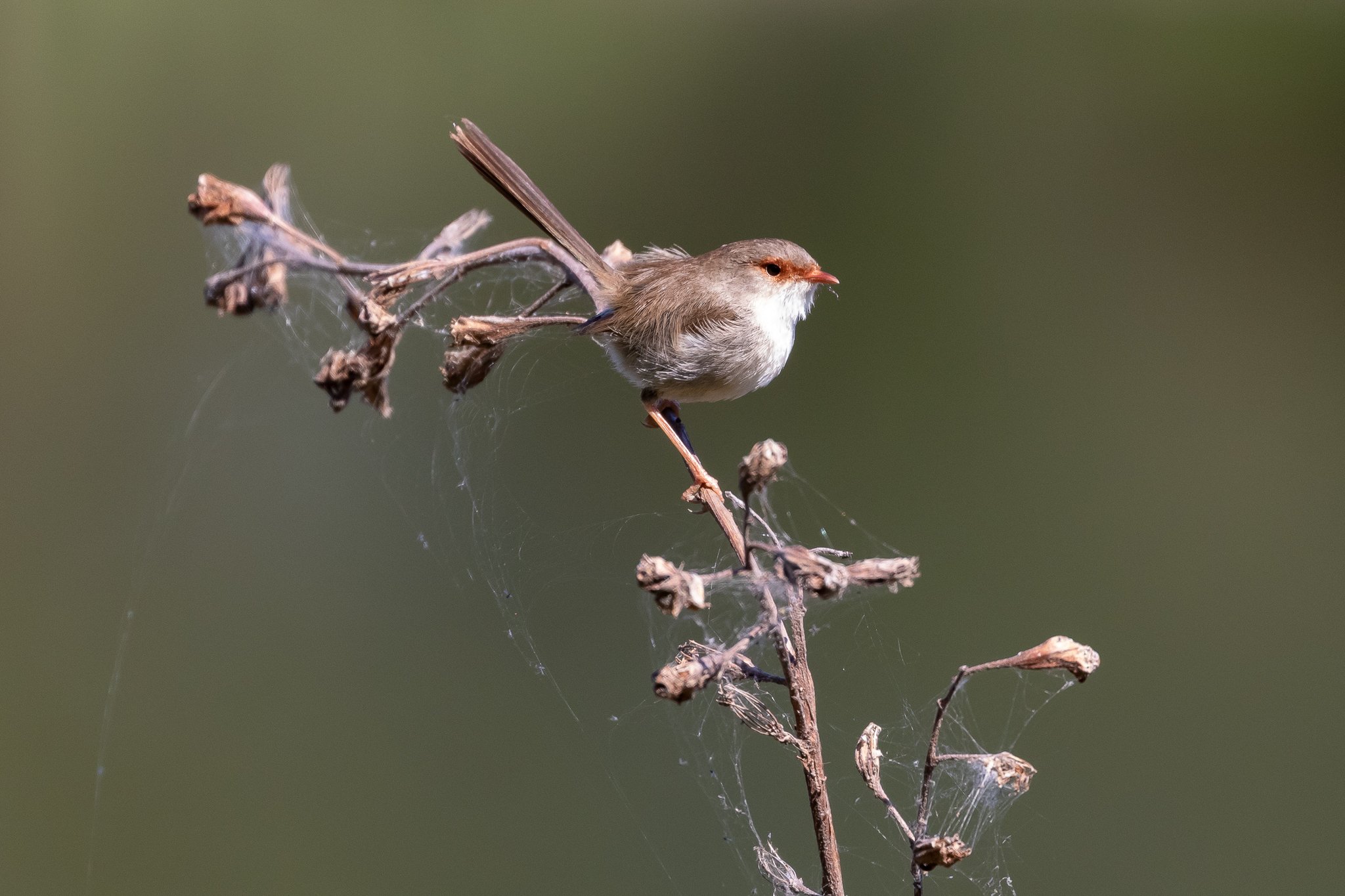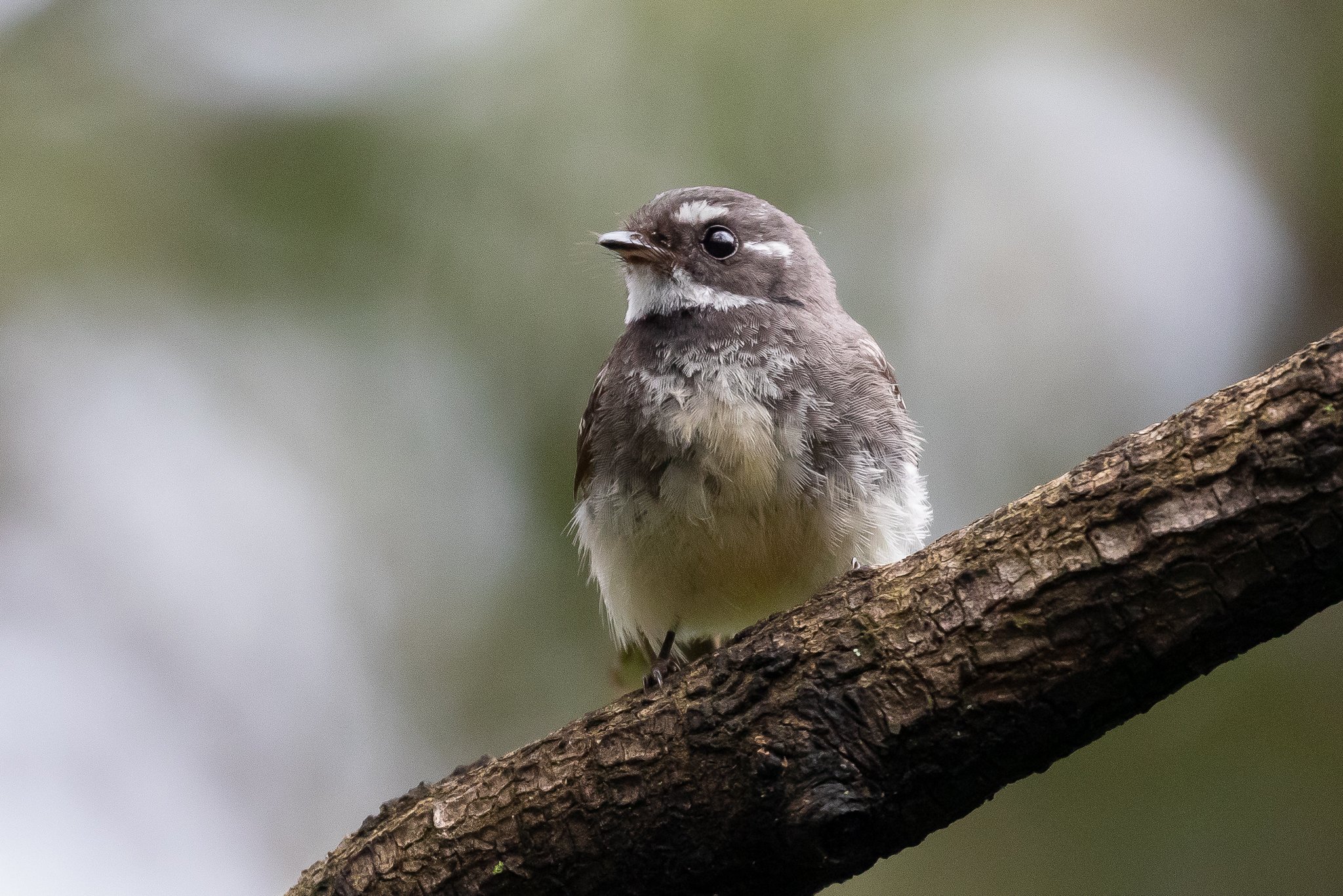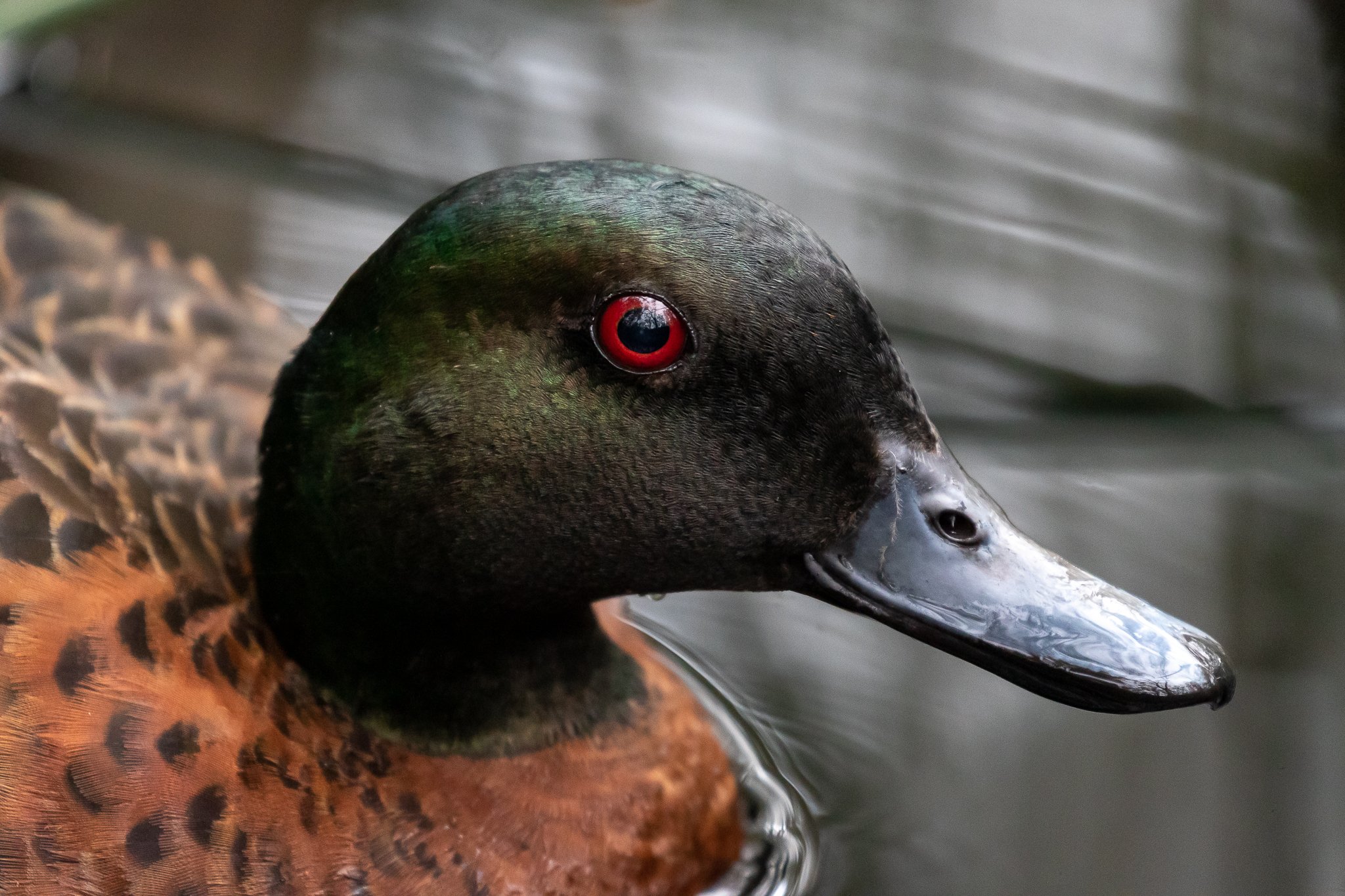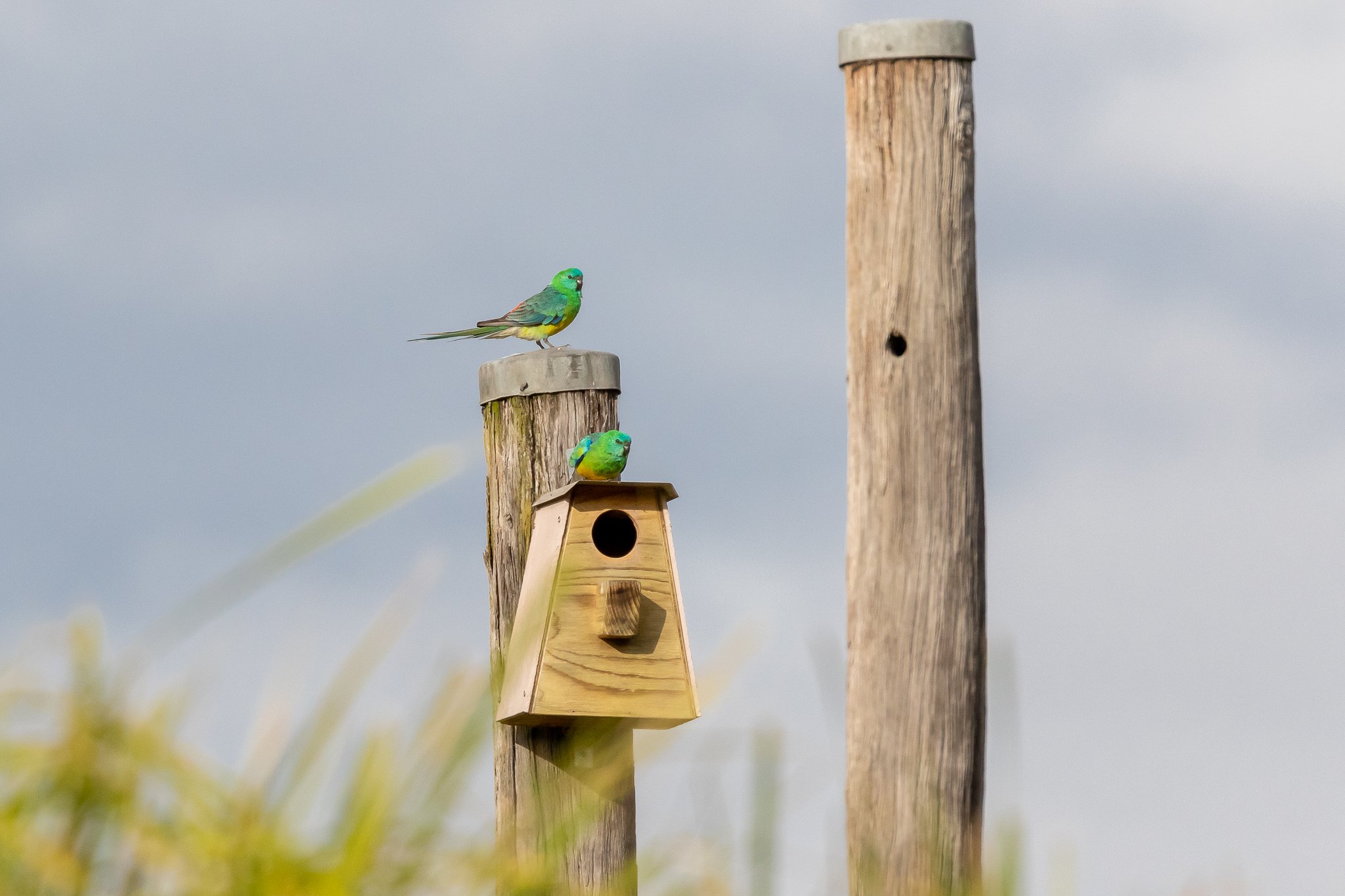Maleny is a peaceful farmland village in hills above the Sunshine Coast in Queensland. During a recent stay, our cabin on the Maleny - Montville road was surrounded by an extensive garden with large gum trees in a park-like setting. At the foot of an extensive lawn was a swampy field formed by drainage from a natural basin.
This Wonga Pigeon reflects the peaceful vibe of the garden, designed in memory of the Australian landscape designer – Edna Walling.
The garden was home to many bird species but parts were dominated by the unholy trio of Noisy Miners, Rainbow Lorikeets and the Grey Butcherbird (above).
Parrot species included the Blue-chinned Rosella (pictured), King Parrots, Galahs and Scaly-breasted Lorikeets as well as Rainbow Lorikeets.
Magpie-lark parents were regularly changing over nest duties, the nest was close to a large farm dam.
The swampy paddock at the bottom of the garden is grazed by cattle, accompanied by numbers of Cattle Egrets. Welcome Swallows swooped across the wet areas and a Lathams Snipe flushed and crossed the paddock.
After making numerous calls during the morning this Buff-banded Rail finally put it’s head up above the vegetation..

